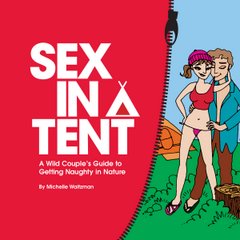 Last weekend spring made a very welcome appearance in Wellington, and I went out with G to celebrate with a short daywalk in the Catchpool Valley. It's an area that is popular because it is easy to reach from Wellington (about a 45 minute drive) and has some easy tracks for children and older hikers.
Last weekend spring made a very welcome appearance in Wellington, and I went out with G to celebrate with a short daywalk in the Catchpool Valley. It's an area that is popular because it is easy to reach from Wellington (about a 45 minute drive) and has some easy tracks for children and older hikers.We started our hike on the Orongorongo Track, which is the busiest, and easiest, of the routes. We hadn't been there in quite a long time, and I was surprised by the number of "improvements" that had been made to the track. There were more bridges over creeks, including a new suspension bridge. They are also building a boardwalk over one of the more eroded spots on the track.

The benefits are obvious. People were out with their babies in off-road strollers, having no trouble navigating the track. We came across a group of six seniors, probably into their 70s, enjoying the hike. These things don't happen on trails where you have to hop across streams or scramble up and down.
But how far should parks go in making their trails accessible? Every bridge takes you one step further from the land's pristine state. Many hikers prefer to have a more challenging route. The wilderness is where they want to be. If you don't like the wilderness the way it is, they say, go to a city park for your walks.
In New Zealand the debate about the extent to which tracks are "improved" has been raging for years. Many locals claim that popular routes are being turned into over-developed tourist attractions for the sake of international visitors, while robbing New Zealanders of their own land's natural beauty. Others say that without these extra precautions, the tracks will erode beyond use. That it's better to have 50,000 people walk on a boardwalk each year, than have 50,000 pairs of boots eroding the track.
There's no easy answer, since the balance between encouraging back-country recreation and preserving the land is a difficult one to find. Personally, I tend to breathe a sigh of relief when I come up to a feisty river I need to cross and find it's been bridged. But not everyone agrees, and I can see their point.

Meanwhile, the tourists keep coming in droves to discover "clean, green" New Zealand, and the wilderness purists get pushed farther off the beaten path in search of pristine bush.







1 comment:
"There's no easy answer, since the balance between encouraging back-country recreation and preserving the land is a difficult one to find."
Very true: in some cases in the U.S. opening up an area for more recreation is what led to it's preservation, albeit in a non-pristine form. But still better than a parking lot.
".. off the beaten path in search of pristine bush."
People with blogs called "Love in a Tent" shouldn't be allowed publish statements like that. Too provocative. I see innuendo everywhere.
Post a Comment